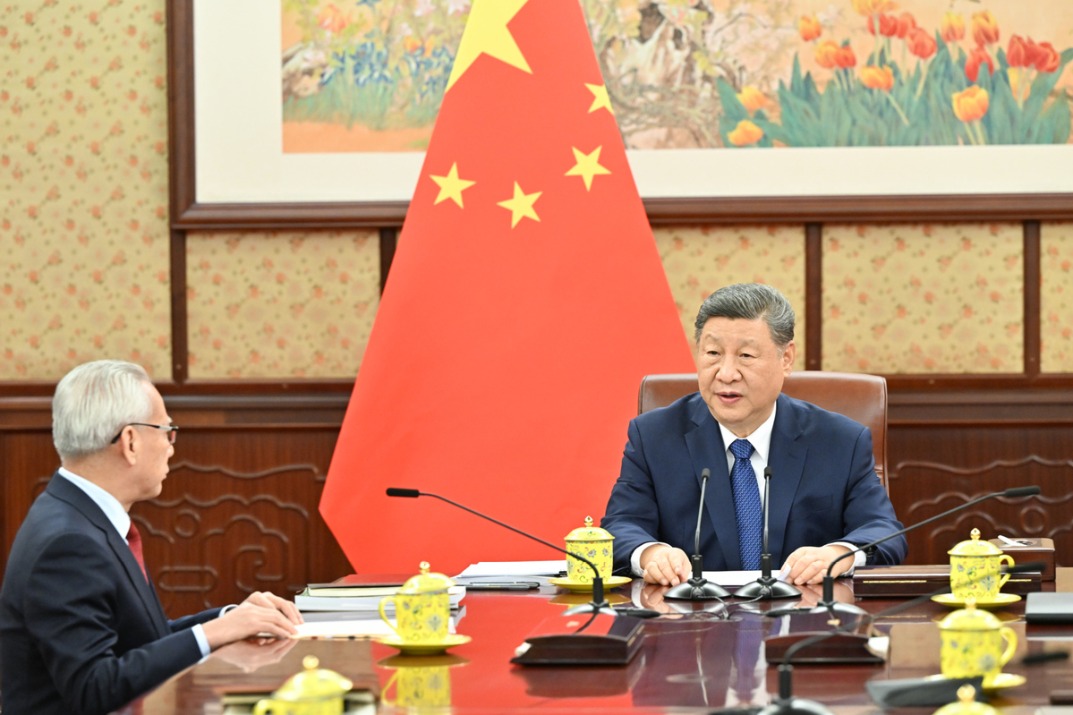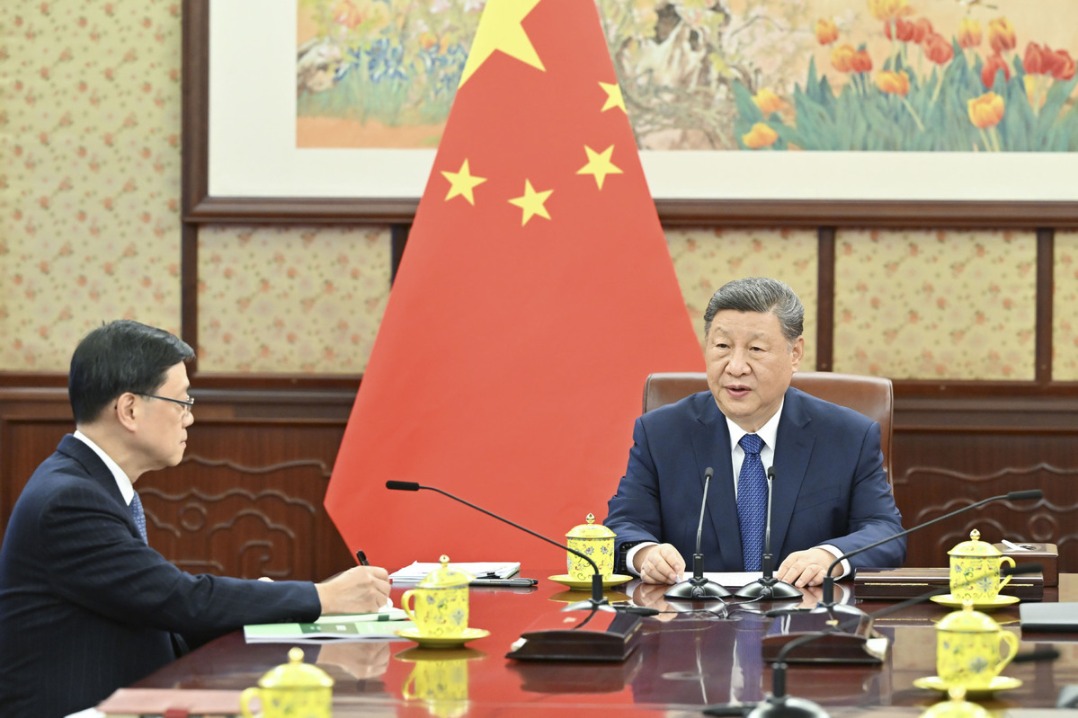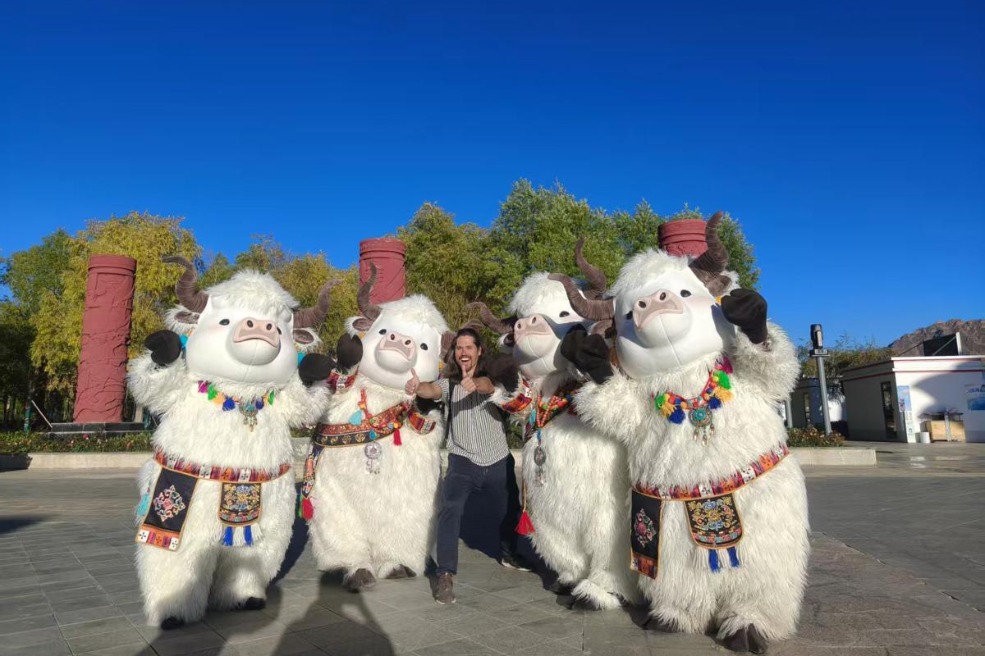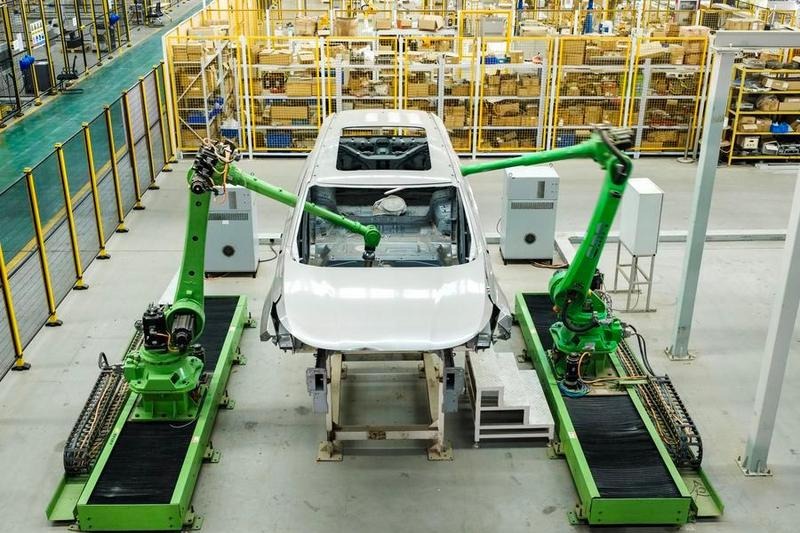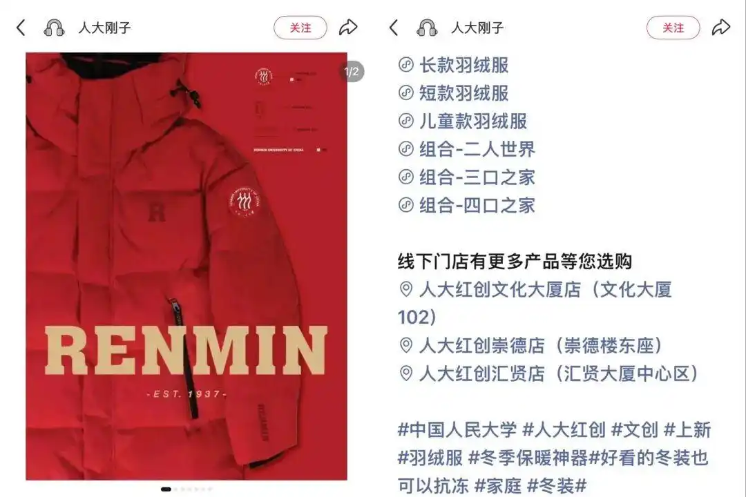Faces reflect nation's historic spirit
Book explores discoveries of relics and takes a deep dive into their symbology, representation and values showcased, Wang Ru reports.

Delivery people have become part of everybody's day-to-day lives. However, from a portrait brick unearthed from a tomb dating back to some time between the Three Kingdoms (220-280) period to the Eastern Jin Dynasty (317-420) in Jiayuguan, Gansu province, visitors can catch a rare glimpse into the images and lives of their counterparts from ancient China.
On the brick, a man is galloping on a horse, his right hand holding the reins while his left hand raising the letter he was transporting. He wears the postman's uniform, and the flesh on his face appears to tremble with the rhythm of the galloping steed.
The man was painted without a mouth, which scholars believe may symbolize the privacy and security of the ancient postal service. On the back of the brick is evidence of the developed postal system of that time.
Historical records indicate that the Western Han Dynasty (206 BC-AD 24) government established more than 80 courier stations on the ancient Silk Road from its capital, Chang'an (now Xi'an, Shaanxi province), to present-day Dunhuang, Gansu. With one station established about every 20 kilometers, men would transport official documents and receive envoys, and some stations continued to function during the period when the brick was made.
Chinese Faces: Reflections and Memories of the Chinese Nation in Cultural Relics is a new book that explores these stories. It centers on the human faces found on cultural relics discovered across the country from the Paleolithic era to modern times.
The cultural relics introduced in the book were unearthed and discovered to be from different eras, places and ethnic groups. They include pottery figurines, human-shaped ceramic and jade vessels, and human patterns in paintings, murals and stone carvings.
Weng Huainan, the author of the book and the director of the Books and Materials Department of the National Museum of China in Beijing, chose 50 remarkable artifacts from various museums nationwide that he has visited to unveil the diverse faces that represent the emotions and values of the Chinese nation.
Weng says he gained inspiration from writer Shen Congwen (1902-1988), who worked in the same department as Weng at the museum for nearly three decades.
"Shen wrote novels that show the diverse faces of the Chinese people. He also researched ancient Chinese costumes, from which I see the portraits of countless Chinese people. Therefore, I believe the human face is a good perspective from which I can decode cultural relics," said Weng at a book sharing meeting in Beijing in July.
Liu Shuguang, director of the Chinese Museums Association, says he is impressed by Weng's depiction of a face pattern on the Houmuwu ding cauldron from the Shang Dynasty (c.16th century-11th century BC), which is stored at the National Museum of China.
"Although we are all very familiar with this symbolic ding from the Shang era, we often talk about its imposing manner and how it was made. I didn't notice it has such a human face on its body," says Liu.
According to Weng, the face is in the open mouths of two opposite tigers, and displays the dynamic movement of a person being devoured by tigers, but the face appears to be fearlessly calm.
Some people believe the human must possess some magic powers, and is negotiating with nature through the power of tigers. Others believe the image symbolizes the resolute belief that the person wishes to sacrifice himself for the stability of his clan.
"Whatever it is, it carries rich cultural information from more than 3,000 years ago," Weng says.
Liu highlights the angle of the book: "Sharing stories about cultural relics from the perspective of human faces is a good idea. Faces are not only about individuals but also represent a group, even the features of a civilization. When telling stories about civilization and culture, human faces are the most impressive."
He also mentions that the book is the result of museum research, which is gaining momentum with the museum-going trend.
"In recent years, the museum-going craze in China has become a remarkable phenomenon. Many people focus on the popularity of the museum exhibitions, but at the same time, museum research has also changed," says Liu.
"In the past, researchers studied the artifacts from the perspectives they were interested in. Now, they are paying increasing attention to the discoveries and unearthing of the relics and introducing them to the public, thus sharing the spirit and culture behind them," he adds.
"This book is a representative work of museum professionals' efforts in the new era."



Today's Top News
- Foreign ministers of China, Egypt call for Gaza progress
- Shield machine achieves Yangtze tunnel milestone
- Expanding domestic demand a strategic move to sustain high-quality development
- Xi hears report from Macao SAR chief executive
- Xi hears report from HKSAR chief executive
- UN envoy calls on Japan to retract Taiwan comments
















